potentially hazardous foods should always be
Particular care should always be taken with potentially hazardous foods because from BUSINESS HI6008 at Holmes Colleges Brisbane. Non-acidic dry and do not contain protein B.
What food is potentially hazardous.

. Potentially Hazardous Food All potentially hazardous food should be kept below 41 o F for cold foods or above 135 o F for hot foods except. Raw and cooked meat or foods containing meat such as casseroles curries and lasagne. If potentially hazardous foods have to be cooled their temperature should be reduced as quickly as possible.
Meats Dangerous bacteria can grow in meats -- including bacon poultry beef fish pork and processed meats -- when the meat is not fully cooked. Slightly acidic dry and do not contain protein. Dairy products including custard pies.
The following are considered PHFs. Potentially hazardous foods are generally moist nutrient-rich foods with a neutral pH. Processed fruits and vegetables for example salads.
Because of life cycle and rearing conditions insects also should fall in this category. Which Foods Would be Considered Potentially Hazardous. Examples of foods that are normally considered potentially hazardous include.
The food item or items must be placed in a rimmed container such as a pot or bowl. Potentially hazardous foods are often. The temperature should fall from 60C to 21C in less than two hours and be reduced to 5C or colder in the next four hours.
It is difficult to cool food within these times unless you put food into shallow containers. Raw and cooked meatpoultry or foods containing raw or cooked meatpoultry. Leaving food in its can after opening.
1 rapid and progressive growth of infectious or toxigenix microorganisms. Meat fish and poultry. Animal foods that are raw or heat treated such as.
Milk and milk products. Potentially hazardous foods are high protein foods that are capable of supporting rapid and progressive growth of infectious or disease causing micro-. Indeed most regulatory agencies consider foods of animal origin meat poultry and eggs fish and shellfish and milk and dairy products potentially hazardous foods.
The following activities should always be followed by thorough hand washing. The foods we are most concerned with include. Under Australian regulations the following are examples of potentially hazardous foods.
Potentially hazardous Foods PHFs are foods that require time and temperature control in order to prevent bacteria growth. Tially hazardous food PHF as any perishable food which con sists in whole or in part of milk or milk products eggs meat poul try fish shellfish or other ingredients capable of. Potentially hazardous foods Particular care should always be taken with from A EN ENGLISH CO at URAL FEDERAL UNIVERSITY.
Dispose of any food remaining at the conclusion of the event. Slightly acidic moist and contain protein C. According to the FDA Food Code potentially hazardous food refers to natural or synthetic foods that require temperature control because they tend to have the following.
Dairy products for example milk custard and dairy based desserts. Sprouts and sprout seeds. O Using the restroom o.
Potentially harmful foods are foods that must be kept at a certain temperature to minimize the growth of food poisoning bacteria that may be present in the dish or prevent the production of toxins. Cooked or Raw Animal Products. Dangerous food for example.
Ensuring foods are kept at temperatures between 140F 60C and 45F 7C Thawing certain foods can be potentially hazardous. Due to their varied natures and components different kinds of food need to be kept in specific. Do not handle or prepare food for others.
Cut melons cut tomatoes and cut leafy greens. For example burgers curries kebabs pâté and meat pies. Beef pork lamb and poultry.
Microorganisms generally grow rapidly in moist high protein foods that have not been acidified or otherwise further processed to prevent such growth. To be safe thawing should only be carried out in certain ways. The temperature of the thawed potentially hazardous food must not rise above.
Bacteria growth in food can lead to foodborne illness. Very acidic moist and contain protein D. Examples of PHFs include but are not limited to.
Tofu or other soy proteins. Potentially hazardous foods should be kept out of this danger zone or they should be in it for as short a time as possible to prevent the growth of harmful bacteria. The water should flow over the container edge to flush away impurities of the food.
The food must be completely submerged under potable running water at a temperature of 70F or below. Seafood excluding live seafood. Cooked rice beans and vegetables.
Keep hot food hot enough or above keep cold food cold-C or below Seafood can have various kinds of toxins that are not easy to recognize.

Http Www Woodfruitticher Com Pdfs Preparing Food Pdf Preparation Food Preparation Prevention
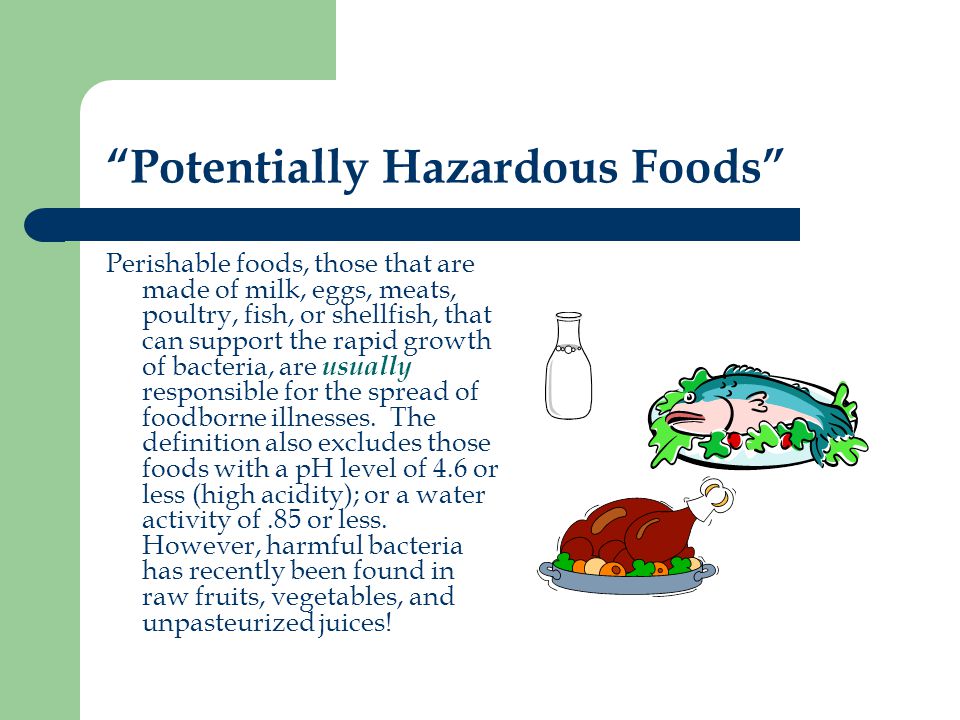
Food Sanitation And Safety Preventing Food Borne Illness Ppt Video Online Download

Infographic Ground Disturbance Level 2 For Supervisors Do You Know Common Ground Disturbance Hazards A Safety Management System Infographic Safety Training

Have A Future Scientist On Your Hands Well Safety Always Comes First Try Naming These Lab Safety Health And Safety Poster Safety Signs And Symbols
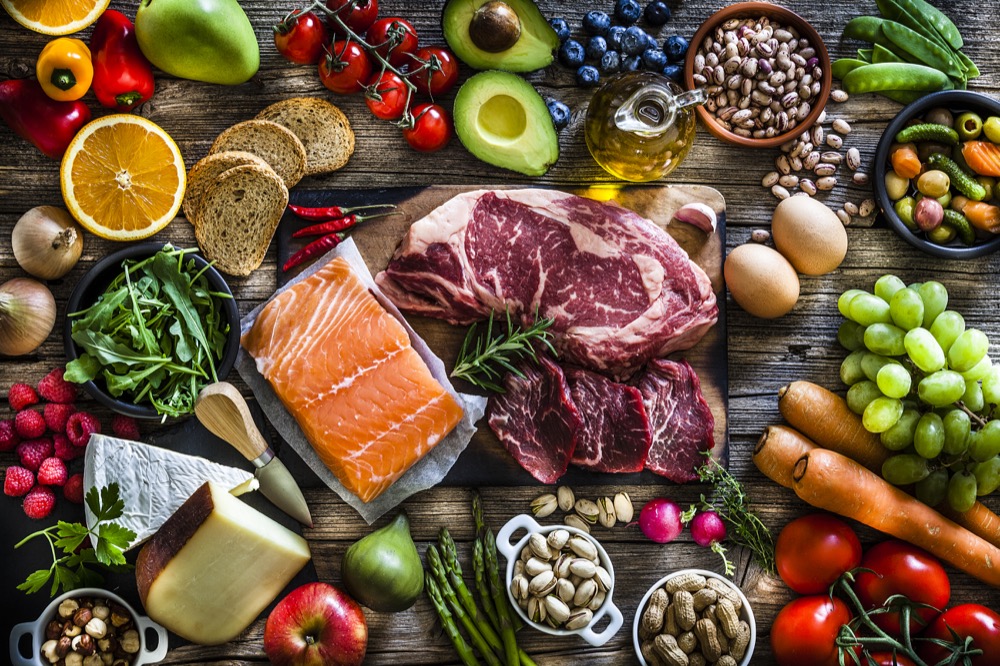
What Is Time Temperature Control For Safety Tcs
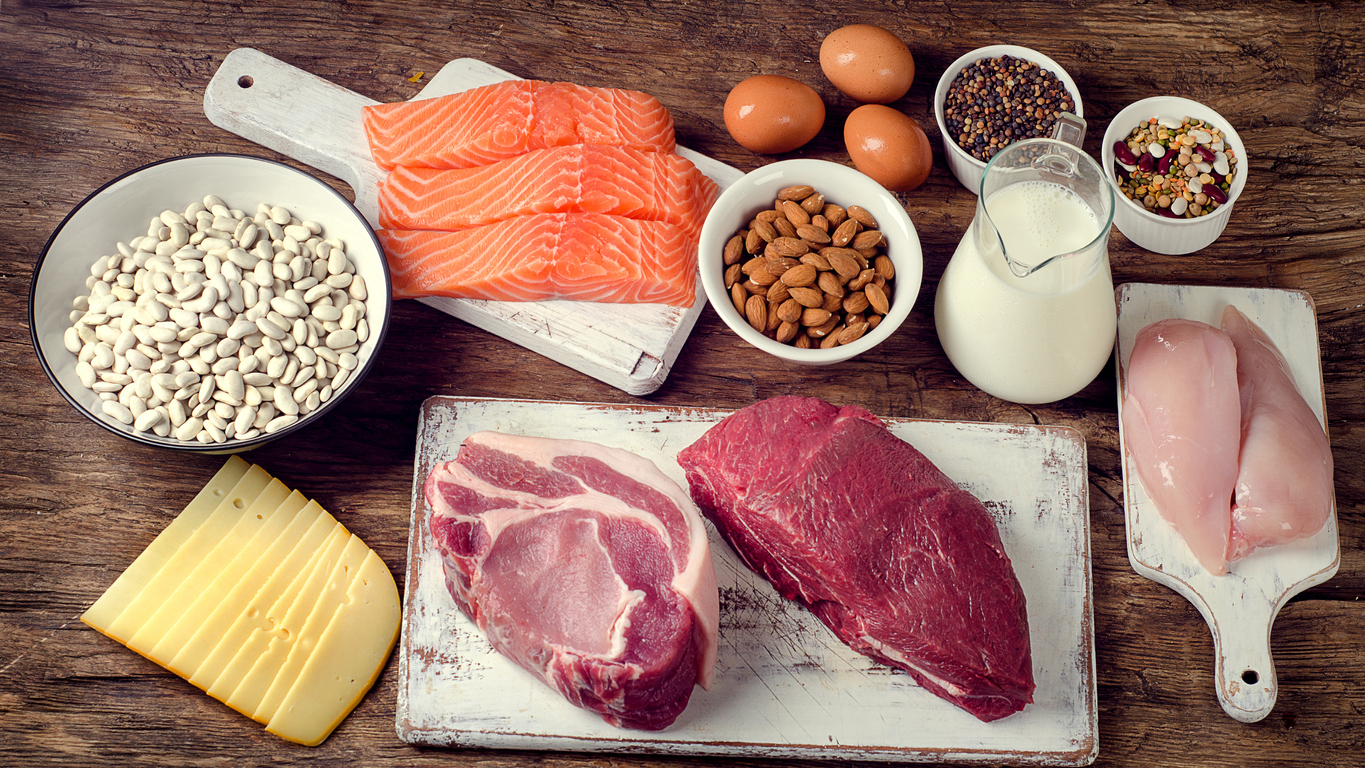
Potentially Hazardous Foods Health And Wellbeing Queensland Government
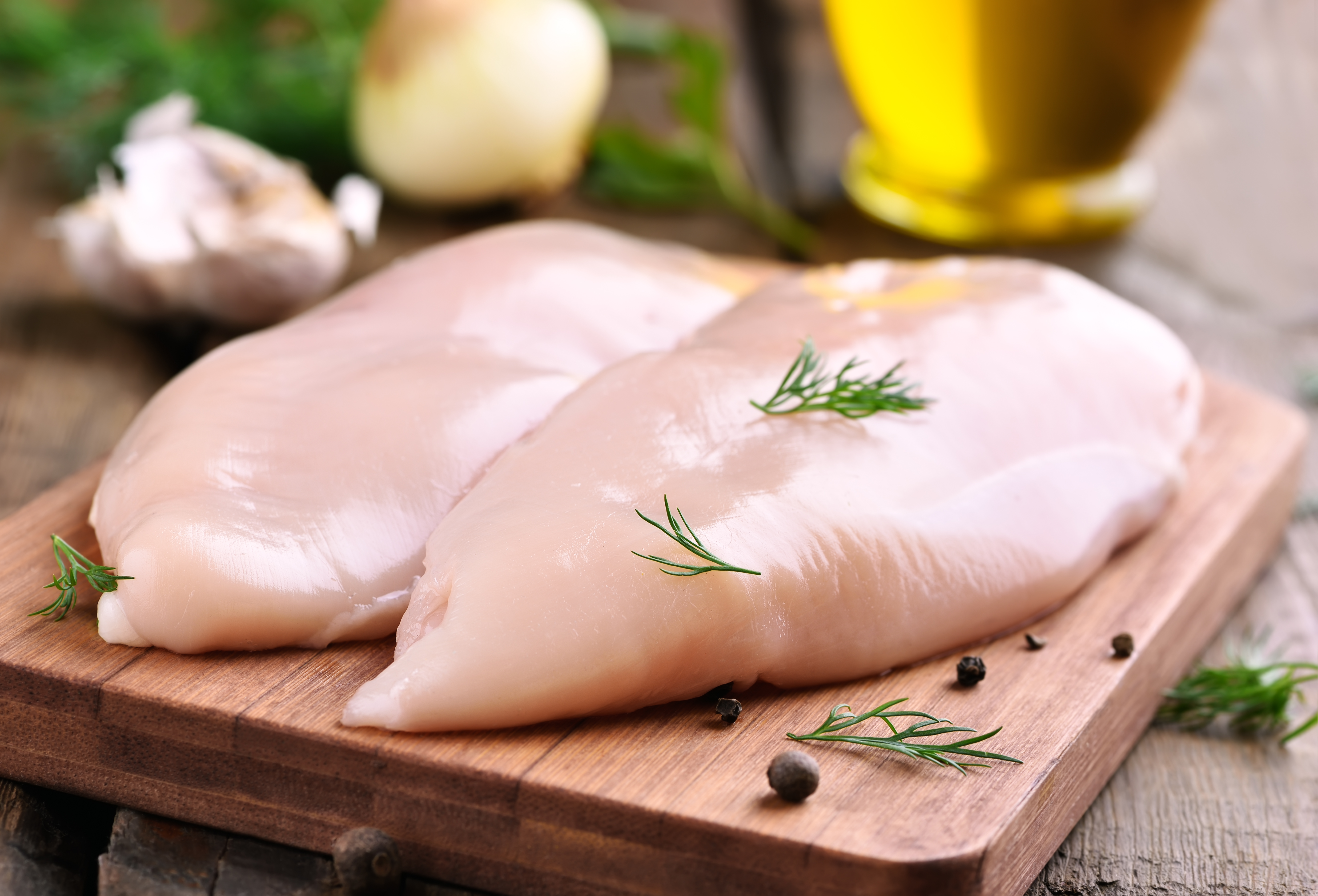
List Of Potentially Hazardous Foods

Tips For Food Safety In An Emergency Time Safety Course In Saudi Arabia Food Safety Food Safety Tips Safety Tips

List Of Potentially Hazardous Foods

An Overview Of Potential Hazards In Food Service Operations Ppt Video Online Download
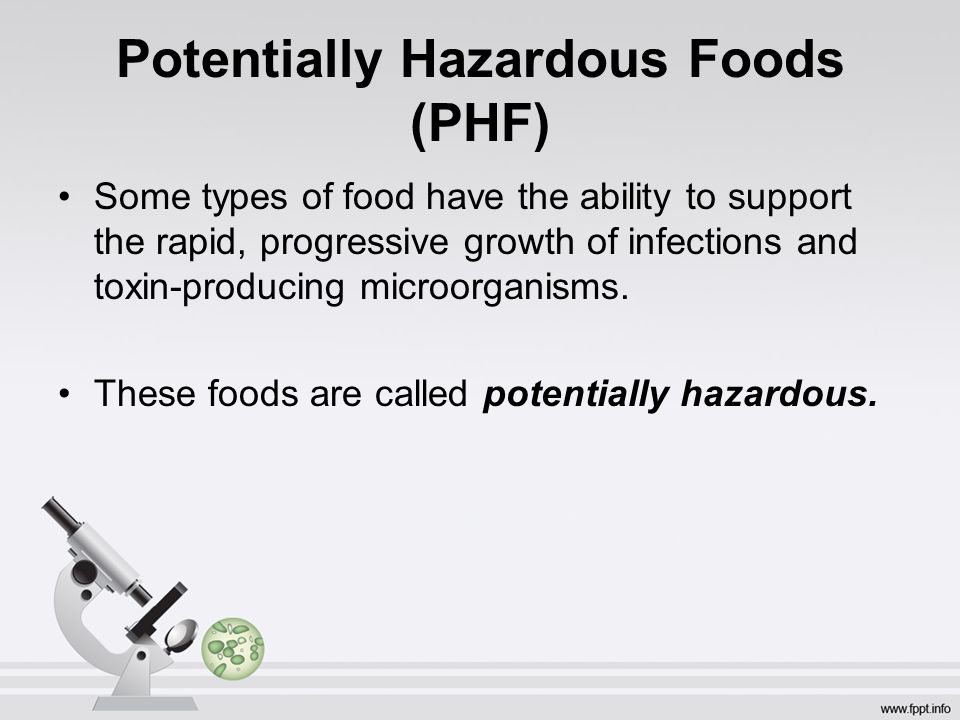
An Overview Of Potential Hazards In Food Service Operations Ppt Video Online Download

Do You Know How To Keep Your Food Out Of The Dangerzone Tgif Foodsafety Publichealth Environmentalhealth Health Food Borne Illness Food Out Food Safety

5 Safety Tips Every Employee Should Know Workplace Safety Workplace Injury Safety Training

Cooling And Reheating Of Potentially Hazardous Foods Food Handling Food Food Safety

Can Dogs Eat Jicama A Complete Guide Every Dog Owner Should Read Can Dogs Eat Jicama Dog Eating

Some Festive Season Fire Safety Tips Form Your Number 1 Partner In Ohs Lets All Keep Safe This Festive Season Th Fire Safety Tips Safety Topics Safety Tips
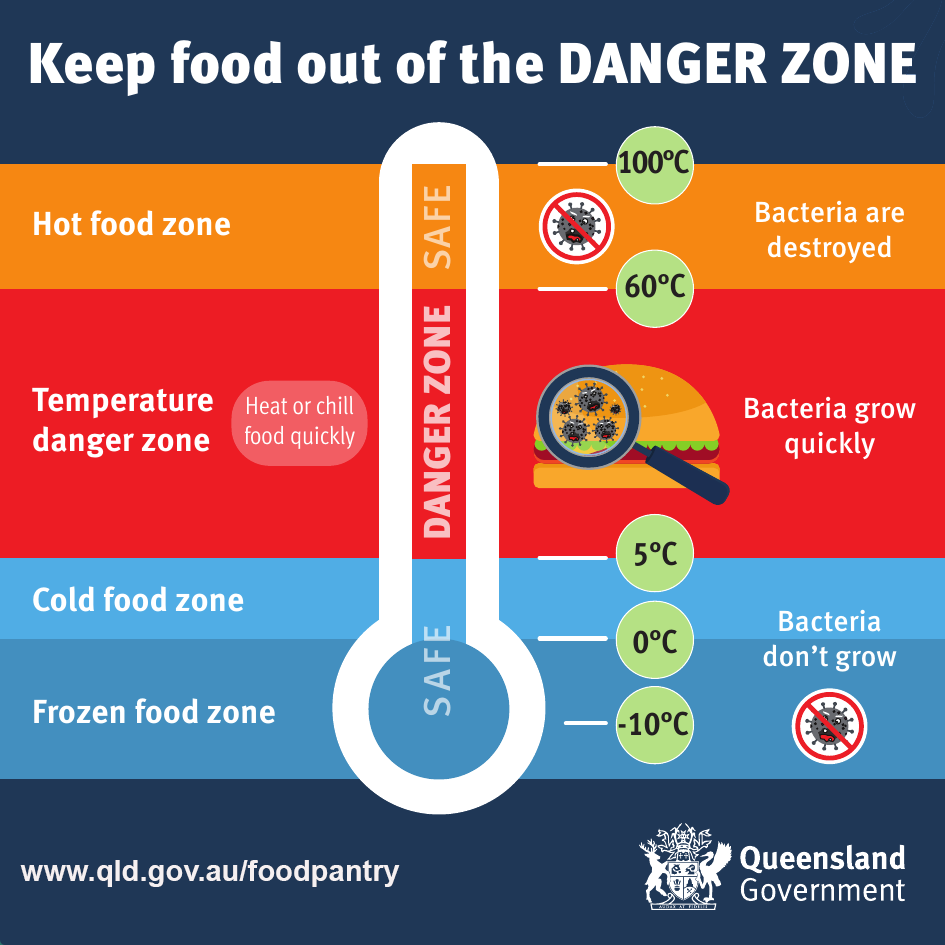
Potentially Hazardous Foods Health And Wellbeing Queensland Government
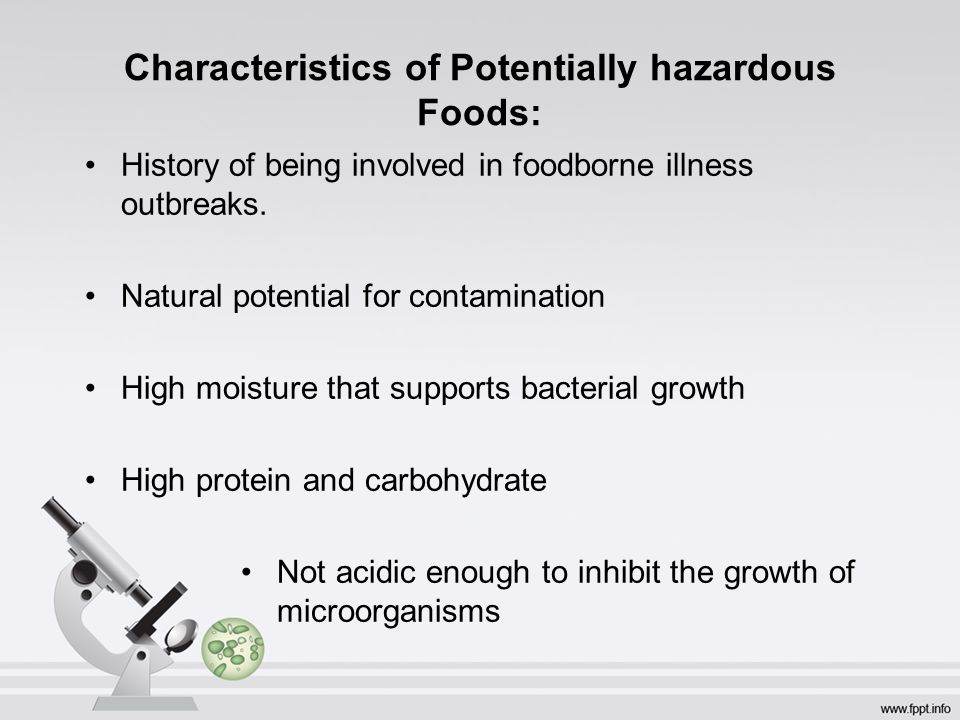
An Overview Of Potential Hazards In Food Service Operations Ppt Video Online Download
